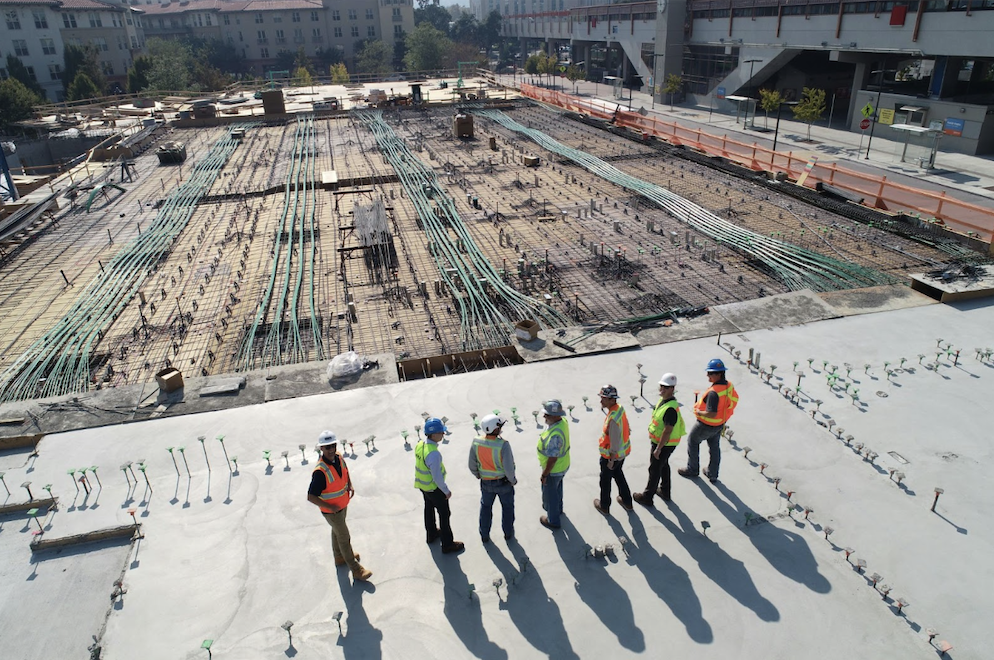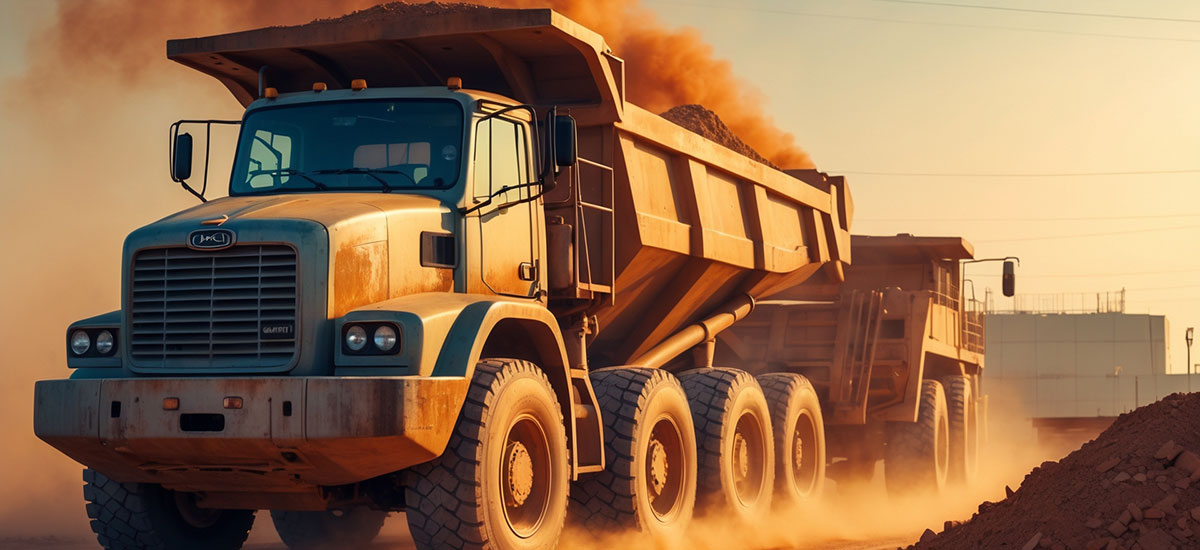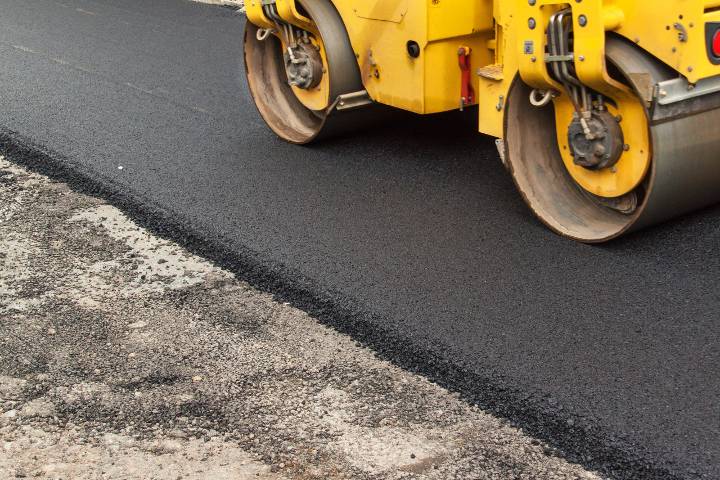
Aggregate production, primarily for construction purposes, involves extracting and processing various types of rocks to produce materials like sand, gravel, and crushed stone. The science behind aggregate production encompasses several geological, chemical, and mechanical processes.
1. Geological Considerations
Types of Rock: Aggregates can come from various rock types, including igneous (e.g., granite, basalt), sedimentary (e.g., limestone, sandstone), and metamorphic (e.g., marble, slate). The type of rock affects the aggregate’s properties, such as hardness, durability, and abrasion resistance.
Geological Surveys: Identifying suitable rock deposits requires geological surveys, including mapping, sampling, and testing of potential sites to ensure the quality and quantity of the material.
2. Extraction Methods
Blasting: For hard rock aggregates, controlled blasting is often used to break the rock into manageable pieces. This involves drilling holes into the rock, filling them with explosives, and detonating them.
Excavation: Softer rocks and unconsolidated materials like sand and gravel are typically excavated using heavy machinery like bulldozers, front-end loaders, and excavators.
3. Processing Techniques
Crushing: After extraction, the rock is crushed to produce various sizes of aggregate. Crushers (jaw crushers, cone crushers, impact crushers) reduce the rock to the desired size.
Screening: The crushed rock is screened to separate it into different size fractions. Screening involves vibrating screens with different mesh sizes to classify the material.
Washing: Washing removes impurities such as clay, silt, and fine particles that can affect the quality of the aggregate. This is usually done using water in washing plants.
Grading: Aggregates are graded by size to meet specific standards and requirements for different construction applications. Grading ensures the proper distribution of particle sizes for optimal performance.
4. Chemical and Physical Properties
Quality Control: Testing for properties such as particle size distribution, shape, surface texture, density, porosity, and absorption is crucial. These properties affect the strength and durability of the concrete or asphalt in which the aggregate will be used.
Chemical Composition: The mineral composition of the aggregate can influence its reactivity with cement and its performance in concrete. For instance, the presence of reactive silica can lead to alkali-silica reaction (ASR) in concrete, causing expansion and cracking.
5. Environmental and Sustainability Considerations
Environmental Impact: Aggregate production has environmental impacts, including habitat disruption, dust and noise pollution, and water usage. Mitigation measures include site rehabilitation, dust control systems, and water recycling.
Recycling: Recycled aggregates from construction and demolition waste are increasingly used to reduce the environmental footprint of aggregate production. This involves crushing and reprocessing concrete and asphalt materials.
6. Applications in Construction
Concrete Production: Aggregates are a major component of concrete, providing bulk and strength to the mix. The size and quality of the aggregate significantly affect the properties of the concrete.
Asphalt Production: In asphalt mixtures, aggregates provide structural support and wear resistance. Proper grading and quality control are essential for durable and stable asphalt pavements.
Road Base and Subbase: Aggregates are used in road construction as a base and subbase layer, providing a stable foundation for the pavement structure.
The science behind aggregate production integrates geology, mining engineering, materials science, and environmental science. Each step, from extraction to processing and application, is carefully managed to produce high-quality aggregates that meet specific engineering standards while minimizing environmental impact.
Call us today for all your aggregate needs +1 405-664-6200


